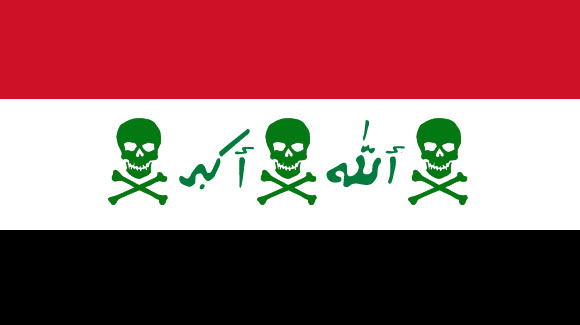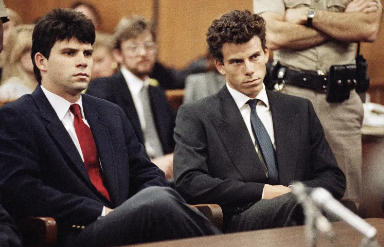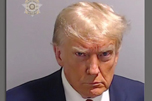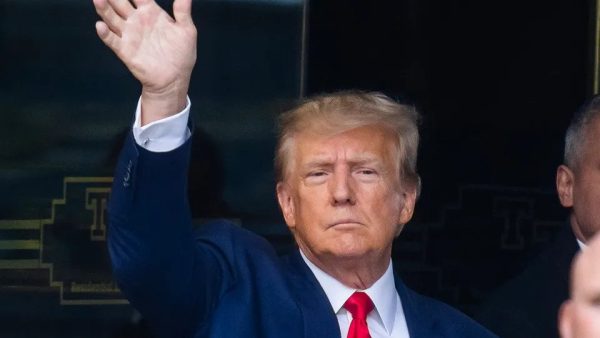Chemical weapons: ghosts of Saddam’s regime haunt Iraq

In March of 2003, the United States, United Kingdom, Australia, and Poland invaded Iraq. Over the course of a month, the Iraqi army was defeated and longtime dictator Saddam Hussein was overthrown.
Over the next seven years, the United States and new Iraqi government fought an insurgency against various Sunni and Shiite militant groups. The war would cost the United States over 4,000 lives by the time of the American withdrawal in 2010.
The justification for the invasion of Iraq was to free the Iraqi people from Hussein’s rule and to end Hussein’s sponsorship of terrorist groups, which was thought to have included al-Qaeda. The United States government also claimed that the Saddam Hussein both possessed weapons of mass destruction and had an active WMD program.
According to World Cultures teacher Mr. Spencer, Hussein repeatedly violated sixteen United Nations Security Council Resolutions designed to ensure that Iraq wouldn’t pose a threat to international peace and security. “It did justify, and required, military action,” said Spencer.
After Saddam Hussein was removed from the power, the Iraq Survey Group scoured the country looking for nuclear, biological, and chemical weapons. The ISG concluded that no such weapons were found and that Iraq did not have an active WMD program at the time of the invasion.
The lack of WMD’s and a WMD program in Iraq discredited the invasion and outraged the American public. However, 11 years after the invasion, new information about Saddam’s WMD’s has been released to the public.
The New York Times obtained documents from a Freedom of Information Act request that detail the discovery of chemical weapons stockpiles in post-Saddam Iraq. According to the documents, from 2004 to 2011, American and Iraqi forces discovered caches of mustard gas and nerve agents such a VX and sarin gas. At least six times, American and Iraqi forces were injured by the uncovered weapons. There were even instances of insurgents using old chemical shells as roadside bombs.
For years, the U.S. government and military hushed up news of chemical weapons being found in Iraq. Soldiers who were injured by chemical weapons received no recognition for their wounds and service members were ordered not to talk about what they had encountered.
As it turns out, there were a large amount of chemical weapons in Iraq at the time of the invasion. However, the weapons were not part of any active WMD program. Rather, the hidden ordinances were decades old, left over from Iraq’s chemical weapons program of the 80s and early 90s.
Iraq first started producing chemical weapons during the 1980-88 Iran-Iraq war, when chemical weapons were widely used against Iranian forces. The Iraqi chemical weapons program was in fact funded by the United States and West in an effort to help Iraq defeat Iran.
American Government teacher Mr. Gergen explained, “The government had to know that these weapons were still there from previous production of them because we had helped him produce them when we were allies in the 1980’s. This fact would not support going in now to destroy them when they had been there for so long and had actually been used by Saddam Hussein in the past several times!”
After the 1991 Gulf War, economic sanctions were imposed on Iraq and Saddam was ordered to stop producing chemical weapons. Saddam ended Iraq’s chemical weapons program and while some chemical ordinances were destroyed, many were abandoned and forgotten about. It was these weapons that were found by American soldiers after the invasion.
Eleven years after the fall of Saddam Hussein, the specter of chemical weapons looms over Iraq again. The Islamic State controls a large area of northern Iraq and eastern Syria. Some of the chemical weapons caches were found in areas of Iraq that now under ISIS control, and there are now fear that previously undiscovered caches may be discovered and used by the terrorist group.
If ISIS uses chemical weapons, the backlash will be severe. According to American government teacher Mr. Gergen, “Crossing that line of using a WMD would force a retaliation of the most severe fashion. That being said, it still does not simplify what form of retaliation that action would take!”
Senior Michael Huschart said, “If there are reports of ISIS using these chemical weapons, then I would expect a greater response from European nations, the United States, and our Arab partners in the Middle East. However, I don’t know how much greater of a response President Obama could take since in his address to the nation, he specified that he would not use American combat troops while fighting ISIS.”
As ISIS continues to wreak havoc in Iraq and Syria, hopefully the deadly relics from Iraq’s dark past don’t take any more lives.

This is my second year writing for The Purple Quill. As a junior, I was the News Editor and I am currently Co-Editor of the print edition of the Quill....








